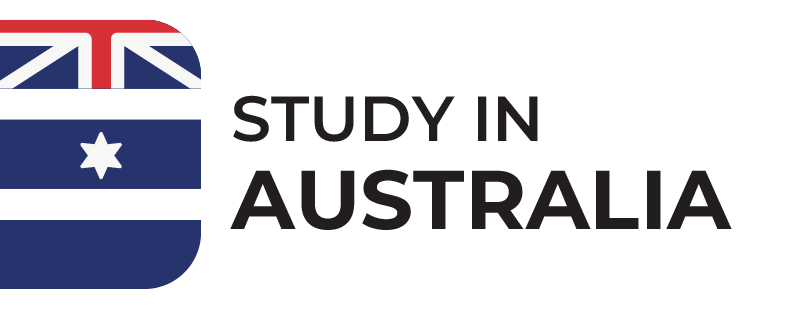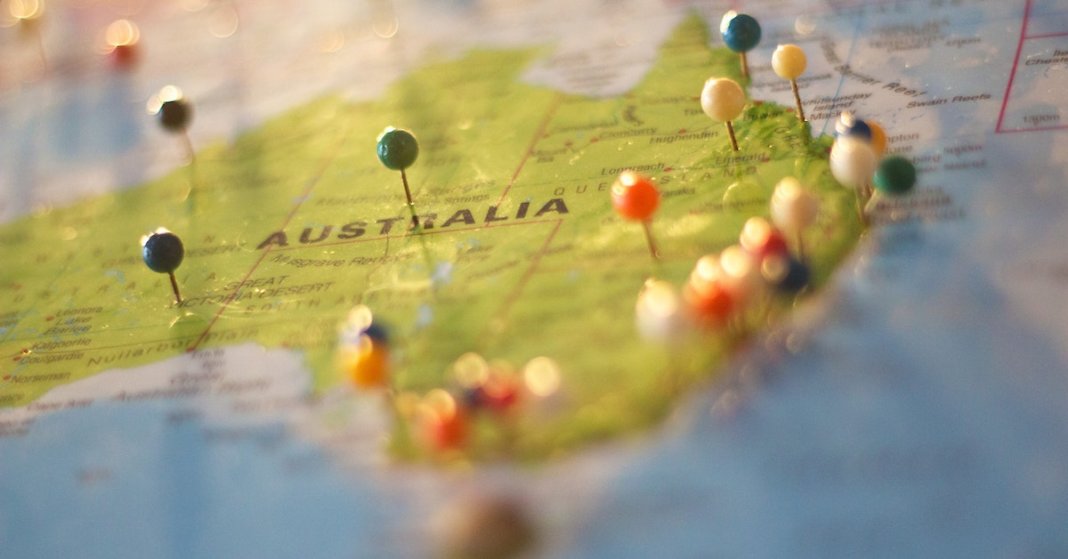So you’ve dropped your pin on the world map and chosen the beautiful country of Australia for your studies. Now for the more difficult part: how to actually make it there. Fret not, we have compiled the ultimate guide for international students who plan to study abroad in Australia.
From the application process to visa requirements and managing your finances, here is everything you need to know.
Table of Contents
University Application Process in Australia
Applying to an Australian university does not have to be complicated. If you follow a step-by-step guide, you won’t get lost in the tracks. There are four steps you need to follow:
1. Choose a Study Program
The first step in applying to an Australian university is carefully considering your choices. You want to choose a reputable university with a program that suits your preferences and needs. You can browse through program lists, or if you already have a university in mind, you can view their webpage or catalogues to get more detailed information.
Some of the best universities in Australia will offer accredited programs and continuous support in the application process.
2. Make Sure You Meet the Entry Requirements
After you have decided on a program, you will want to ensure that you meet the academic, prerequisite, and other admission requirements.
General entry requirements for undergraduate programs in Australian universities typically include:
- Minimum age requirements. In most universities, you must be at least 16-17 years of age to enrol in a course.
- Official transcripts of previous academic education/qualifications. Most universities will require records equivalent to Year 12 or the Australian Senior Secondary Certificate of Education.
- Proof of English language proficiency. The most commonly accepted English skills tests include IELTS, TOEFL iBT, PTE, and Cambridge English C1 or C2. Note that some courses may have higher English language requirements than others.
- Prerequisite subject requirements. Depending on the course, some universities will require proof of knowledge in a specific subject. For example, if you are going to study a STEM subject, you will have to meet specific requirements for English language, mathematics, and science.
If you don’t meet all the admission requirements, many universities offer pathway programs that help students gain all the necessary qualifications.
3. Submit Your Application
After you compile all the necessary documents and ensure you meet all course requirements for international students, it is time to submit your application.
Universities will have various application methods for you to choose from. Most universities have their own online application portals where you will have to register and submit your information and supporting documents.
Many universities also accept applications via authorised education agents. Some universities will also require an application processing fee.
4. Receive Confirmation of Enrolment
If your application to study at an Australian university is successful, the next step is to receive your Confirmation of Enrolment (CoE), which is required by the Department of Home Affairs for student visa applications.
To receive the CoE, it is typically required of students to send a signed letter of acceptance to the university, pay a tuition fee deposit, and purchase Overseas Student Health Cover (OSHC).
The educational provider will then send the CoE if they are satisfied that you meet the necessary requirements.
Australian Student Visa Application
Now that you are one step closer to being a student in Australia, it is time to apply for a student visa. The Student visa (Subclass 500) allows you to participate in a course of study in Australia, travel in and out of the country, and work an unlimited number of hours in any sector (temporary measure until June 30th, 2023).
The current base application charge for this type of visa is AUD 650.
To apply for a student visa, you need to:
- Be enrolled in a course of study and provide evidence (Confirmation of Enrolment)
- Meet English language requirements (provide test scores approved by the Department of Home Affairs)
- Have adequate health insurance (Overseas Student Health Cover (OSHC) from an approved Australian health insurance provider)
- Provide evidence of sufficient funds (bank statements, evidence of grants or scholarships, or proof of your parent’s or partner’s annual income)
- Be in good health and provide proof through health examinations/medical certificate if necessary
- Meet the Genuine Temporary Entrant (GTE) requirement (provide a statement that addresses that you are visiting Australia for study purposes only and that you will not overstay your visa)
- Meet the character requirement (you may need to provide a background check)
Other additional requirements may be needed depending on your country of residence and type of study program.
Student Expenses in Australia
Carefully planning your expenses is critical regardless of where you’re studying in the world. Australia is no exception to the rising cost of living that is occurring worldwide; therefore, you must factor in the financial aspect when planning your studies.
Note that the cost of living and student expenses are subject to change depending on your study program, location, and lifestyle.
Tuition Fees
The first step in calculating your expenses is to consider education expenses. Tuition fees in Australian education institutions vary depending on the institution, type of degree program, location, etc.
In general, tuition fees for bachelor’s degree programs range from $20,000 to $45,000 per year. For master’s degree programs, tuition fees can range from $22,000 to $50,000 per year. Whereas for doctoral programs, you can expect to pay tuition fees ranging from $18,000 to $42,000 per year.
Accommodation Costs
Accommodation costs are also prone to change depending on the type of accommodation. Average rental unit prices can range from $400 to $575 per week depending on the city and location, Sydney and Canberra typically being the most expensive and Adelaide and Perth the cheapest. Here are some of the cheapest cities to live in Australia.
Students can also live in campus accommodations, which are often more convenient due to close proximity to the university and utility costs included in the rent. On-campus accommodation prices depend on the type of unit, location, and university.
For example, The University of Queensland’s Brisbane on-campus housing costs range from $1,716 to $2,800 per month. Student accommodation prices at Monash University in Melbourne range from $260 to $340 per week.
For more information, browse the website of your study institution of choice or contact them for more information on housing options and costs.
Other Living Expenses
Apart from tuition fees and accommodation, you will need to account for other living expenses such as transportation, food, utilities, and entertainment. How much you spend on these depends on your lifestyle and location.
For example, if you prefer to dine out rather than prepare food at home, your expenses will be higher. In general, you can expect to spend approximately the following amount per category:
- Public transport – Free to AUD 60 per week.
- Groceries and eating out – AUD 80 to 285 per week.
- Utilities – AUD 5 to 20 per week.
- Entertainment – AUD 50 to 250 per week.
You can also use the Cost of Living Calculator launched by the Australian Government if you want to calculate your living expenses in accordance with your location in Australia and your lifestyle.
Working as an International Student in Australia
Australia offers many work opportunities for international students, especially as it faces a labour shortage and plans to switch to a demand-driven immigration system to attract more workers.
If you are on a student visa, you are usually entitled to work 40 hours per fortnight (two weeks) and unlimited hours during holidays. However, these restrictions have been temporarily relaxed until 30 June 2023 due to the workforce shortage.
Until then, student visa holders can work unlimited hours in any sector of the economy.
Some of the most common jobs among students in Australia include:
- Aged care worker
- Babysitter
- Delivery person
- Sales assistant
- Social media manager
- Tutor
- Waiter/waitress or barista & other hospitality jobs
Many universities offer career centres that provide resources and advice for students searching for jobs.
As of July 2022, the national minimum wage in Australia is $21.38 per hour or $812.60 per week. As an international student, you have the same work rights as anyone else working in Australia and should be paid at least the minimum rate per hour, regardless of your job.
These were some of the considerations for studying abroad in Australia. By following our advice and preparing beforehand, making it as an international student there will be a breeze.

